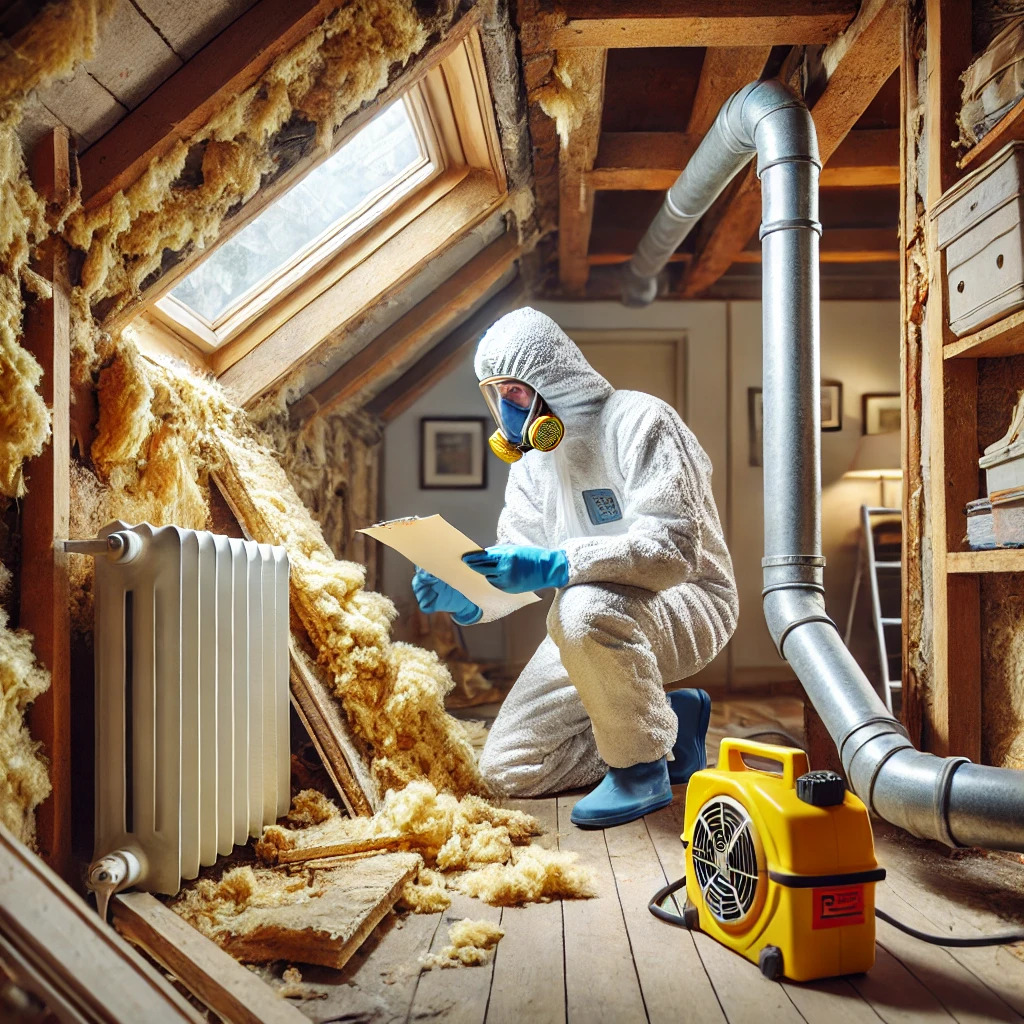Discover why your unexplained symptoms might be linked to a plaster allergy, and learn the vital signs every homeowner needs to know.
Living with unexplained allergies can be frustrating and concerning, particularly when the source seems elusive. Recent studies indicate that up to 2% of the UK population may be affected by plaster-related allergies, yet many cases go undiagnosed. As experienced plasterers serving Kent and the surrounding areas, we’ve encountered numerous cases where homeowners discovered their health issues were linked to their home’s plastered surfaces.
Understanding Plaster Allergies: What You Need to Know
Plaster allergies occur when an individual’s immune system reacts adversely to components within plaster materials. The primary culprits are often adhesive chemicals like acrylate and methyl acrylate, which are common in modern plastering compounds. Additionally, some reactions may be triggered by latex content or other chemical additives used in different plaster formulations. According to recent research, the number of reported plaster sensitivity cases has increased by 15% in the past decade, highlighting the growing importance of understanding this condition.
Common Symptoms of Plaster Allergies
Skin Reactions
- Redness and inflammation
- Itching and burning sensations
- Hives or urticaria
- Contact dermatitis
- Small bumps or blisters
- Dry, flaky patches
- Skin tenderness and sensitivity
Respiratory Symptoms
- Wheezing or difficulty breathing
- Persistent cough
- Nasal congestion
- Throat irritation
- Sinus pressure
- Increased asthma symptoms
Who’s Most at Risk?
Certain individuals are more susceptible to developing plaster allergies. Studies show that children and individuals with pre-existing skin conditions are 40% more likely to experience reactions. Key risk factors include:
- People with sensitive skin or existing skin conditions
- Individuals with a history of allergies
- Those with compromised immune systems
- Children under 12 years old
- Elderly individuals with sensitive skin
Different Types of Allergic Reactions to Plaster
Plaster allergies typically manifest in two primary forms: allergic contact dermatitis and irritant contact dermatitis. The former is an immune system response, while the latter is a direct irritation of the skin. Reactions can develop within minutes or take several days to appear, making identification challenging. Recent medical data suggests that 65% of cases are irritant contact dermatitis, while 35% are true allergic reactions.
Diagnosis and Testing
Professional diagnosis is crucial for effective treatment. The process typically involves:
- Detailed medical history assessment
- Physical examination of affected areas
- Patch testing for specific allergens
- Blood tests to rule out other conditions
- Monitoring of symptom patterns
Prevention and Alternative Solutions
At Kent Plasterers, we offer several solutions for individuals with plaster sensitivities:
- Hypoallergenic plaster options
- Natural lime-based alternatives
- Specialist ventilation systems during installation
- Moisture-resistant alternatives
- Regular maintenance and sealing services
When to Seek Professional Help
It’s essential to consult a healthcare provider if you experience:
- Severe skin reactions lasting more than two weeks
- Difficulty breathing or chest tightness
- Widespread rash or hives
- Significant discomfort affecting daily activities
- Signs of infection in affected areas
Expert Tips for Living with Plaster Sensitivity
Managing plaster sensitivity requires a comprehensive approach. Our experts recommend maintaining optimal indoor humidity levels between 40-50%, using air purifiers, and scheduling regular inspections of plastered surfaces. Professional maintenance can reduce allergen exposure by up to 70%, according to industry studies.
Professional Solutions and Support
Kent Plasterers specialises in providing allergen-conscious plastering solutions. Our services include:
- Allergen testing of existing plaster
- Installation of hypoallergenic alternatives
- Professional sealing and treatment
- Regular maintenance programmes
- Expert consultation and assessment
Conclusion: Protecting Your Health While Maintaining Your Home
Understanding and managing plaster allergies is crucial for maintaining a healthy living environment. If you’re experiencing symptoms or concerns about plaster sensitivity, contact Kent Plasterers for a professional consultation. Our expert team can assess your situation and recommend appropriate solutions, ensuring your home remains both beautiful and healthy. Remember, early identification and proper management are key to preventing long-term health issues related to plaster allergies.
FAQ
What does plaster do to your skin?
Adhesives: Many plasters contain adhesives that can cause skin irritation or allergic reactions. Latex: Some plasters use latex in their construction, which can cause allergic reactions in people who are sensitive or allergic to latex.
Is there any alternative for plaster?
Eco-friendly plasters like lime, clay, and hempcrete offer healthier alternatives to traditional options, reducing indoor air pollution and improving home air quality.
What is a hypoallergenic plaster?
So we simply ensure the chances of an allergic reaction are minimised as much as possible in products that we label ‘hypoallergenic’. For example, some of our plasters contain latex, but we also sell hypoallergenic plasters that do not contain any latex and contain no common allergens in the adhesives used.
Sources
[1] https://www.wyndly.com/blogs/learn/allergic-to-plaster
[2] https://lloydspharmacy.com/blogs/asthma-and-allergies/plaster-allergies
[3] https://www.steroplast.co.uk/knowledge-base/a-guide-to-plaster-allergies-diagnosis-treatment-and-prevention.html

